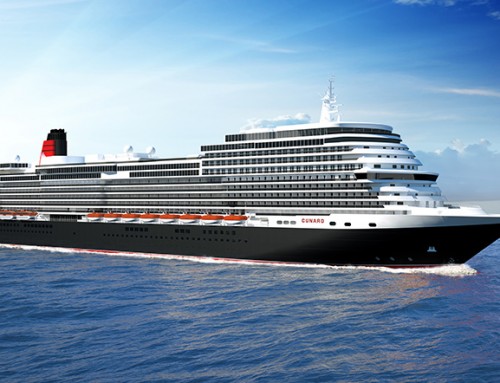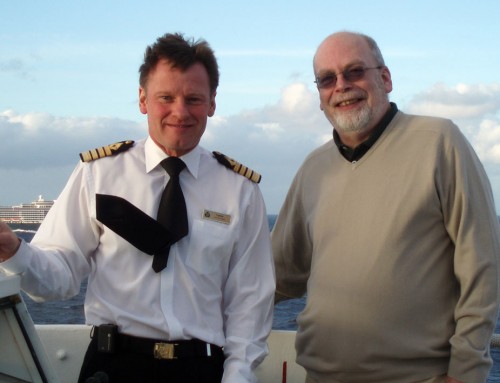In the wake of the Costa Concordia disaster, the cruise industry is to implement new safety procedures including the provision of extra lifejackets and restrictions on visits to the bridge.
It has taken the Cruise Lines International Association (CLIA) and the European Cruise Council three months to come up with the proposals, following their decision in February to make it mandatory for ships to hold the passenger safety drill before the ship left port.
The new policies require ships to provide additional lifejackets in busy areas; the total number of lifejackets on board will be far in excess of the number of passengers.
Visits to the bridge – rarely, if ever, available to ordinary passengers – will be limited to “those with operational functions” during periods of manoeuvring and “when increased vigilance is required.”
Cruise lines have also adopted as mandatory the International Maritime Organisation recommendation for all route plans to be agreed by every member of the bridge team. But the official bodies have yet to address one of the major problems of the Concordia disaster, when it became impossible to launch lifeboats because the vessel was listing too much to one side.
Costa Concordia ran aground, with the loss of 32 lives, when the captain changed course to sail close to the island of Giglio, and he had also invited a woman friend onto the bridge.
The chief executive of Costa Crociere has announced he will retire on July 1, although he will remain chairman of the cruise line, and keeps his place on the board of parent company Carnival Corporation.
The wreckage of Concordia is to be removed from the seabed in one piece under the salvage contract agreed this week. The work, to be carried out by US-based Titan Salvage and Italian contractor Micoperi, is expected to take a year.
►Almost a quarter of potential cruise passengers have been put off considering a holiday at sea as a result of the Costa Concordia disaster, according to a survey carried out for Travel Weekly. Among people who had already cruised, the proportion of those deterred is much lower, at 13 per cent.
Looking at the survey results another way, two-thirds of those questioned say their holiday choice is unaffected by the sinking.
Costa itself is the big loser – half of the respondents said they are now less likely to book a cruise on one of the company’s ships.





Hope that doesn’t impact too much on Star Clippers, whose ‘open-bridge’ policy used to be one of their endearing features (assume it still is).
On “traitor companies”: They are not British. Cunard & P&O are owned by Carnival UK, which is the operating company for Carnival Corp – IE American. Furthermore, they are not even “flagged” as British anymore. Their registration was transferred to Bermuda last year.
Re; traitor companies.
I’m not sure why you have posted your comment on here, but here is my response;
1) yes they used to be british owned companies, but without carnival we would not see these cruise lines around, they effectively saved Cunard after the trafalgar house and kvearner days.
2) the uk does not have the shipyards capable of building on of today’s cruise ships, they literally are not large enough, nor do people have the skills required to perform the work.
3) the french, German, and Italian shipyards all work in conjunction with their government to allow financing for the companies so as to increase orders. Britain would never do this.
Yours
L